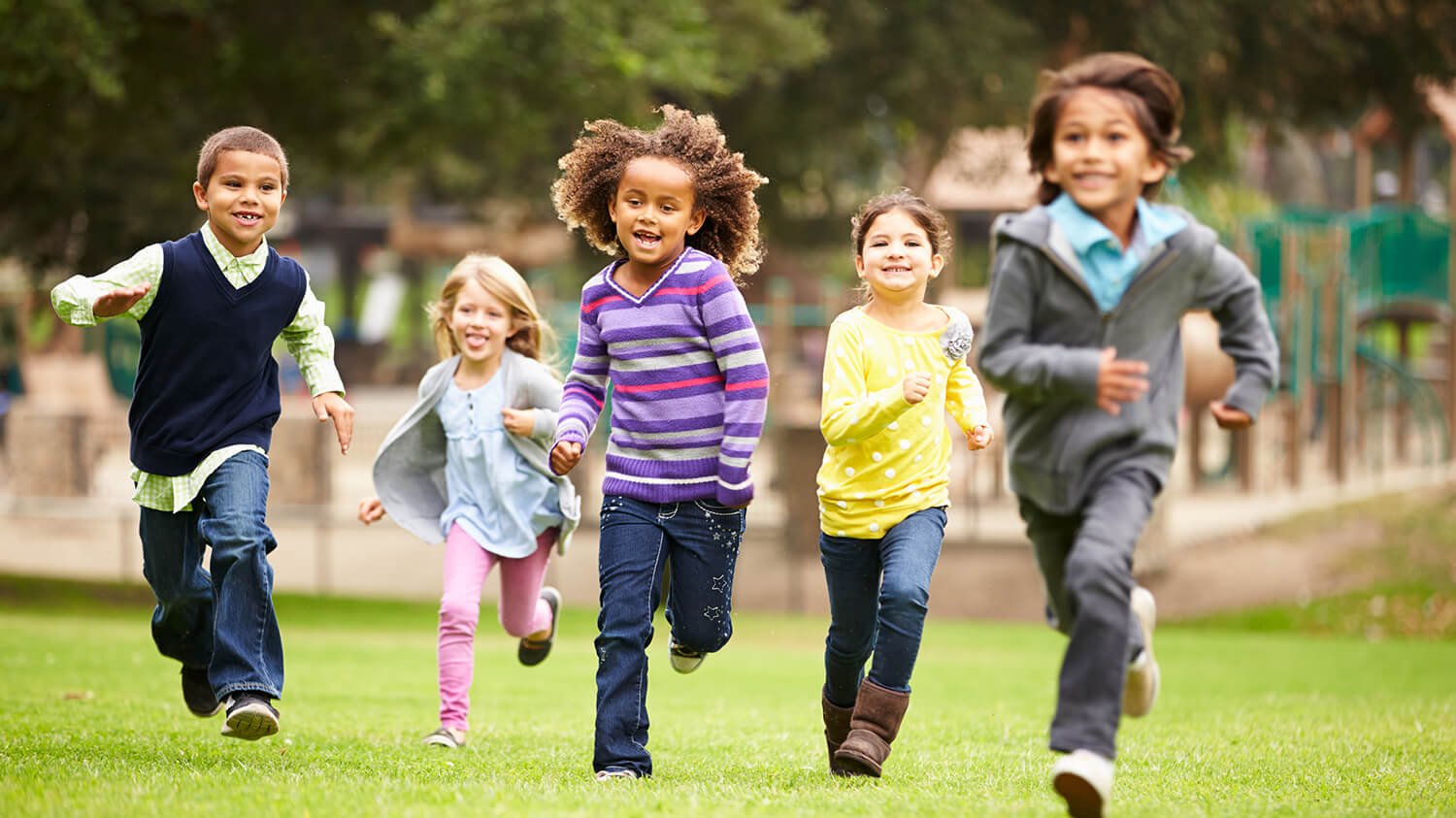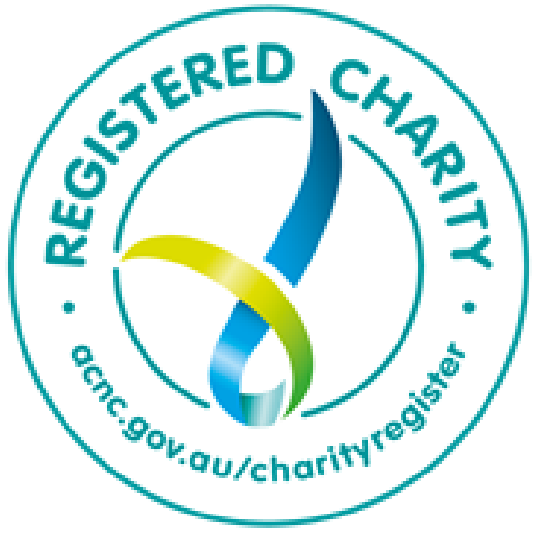Helping students to develop a positive relationship with physical activity: tips for educators
Evidence suggests that physical activity levels of Australian children and young people remain consistently low [1].
While there are many reasons for this, we know that concerns about body image can undermine enjoyment and confidence to participate in sports and movement, leading some to disengage from activities altogether.
Equally, the focus on appearance and aesthetics in certain sporting and activity environments can lead to or exacerbate body dissatisfaction.
In Butterfly’s Body Kind Youth Survey 2022, 37 % of young people reported that the way they felt about their body frequently stopped them from engaging in sports/physical activity.
Yet, engaging in regular movement and physical activity can significantly boost young people’s self-esteem, mood and improve body image by fostering the development of new skills, exploring how bodies function and what they are capable of, and experiencing a sense of achievement from physical challenges.
So how do we encourage our young people to move more, in ways that are enjoyable and support their mental and physical health, in a world that too often tells them that physical activity is all about controlling weight or changing body shape and that only certain (e.g., high intensity) exercise ‘counts’?
Educators play a pivotal role in shaping students’ perceptions and attitudes towards physical activity. Language, culture and what’s being encouraged matter enormously!
Tips for supporting young people to develop a positive relationship with physical activity
Focus on functionality
Research suggests that focusing on functionality rather than appearance-related goals can promote higher levels of body satisfaction and body appreciation, and lower self-objectification [2].
Encourage young people to view physical activity, sports and general movement as a means of improving health, capability and skills. Take the focus off aesthetics!
Embrace variety and fun
Encourage young people to find, and engage in, activities that feel enjoyable for THEM. Highlight the importance of exploring different types of physical activity; there are so many different ways to move and it may take several goes to find ‘the one(s)’ that feel right.
The way children and adolescents experience physical activity and movement at school can determine their long-term relationship with physical activity. Offer alternatives to competitive sports and, wherever possible, give young people choices around activities rather than ‘forcing’ participation.
Promote Mindful Exercise
Support young people to use their bodies as a guide and tune in to what it needs, rather than following rigid rules and exercise plans.
Be wary of fitness trackers/sports watches, as these connect numbers and metrics to health and can be particularly harmful for vulnerable children and young people who are perfectionists, competitive or obsessive.
Support mental health
Educate young people on not only the physical benefits of moving their body (e.g., heart health) but also on the mental health benefits (e.g., improved mood and sleep). Encourage regular and joyful movement as a form of self-care.
Encourage young people to stay savvy
Encourage students to critically evaluate where they are getting their health and fitness advice from. Social media influencers are often not qualified, and information may not be accurate.
Advice is usually generic, not tailored to individual needs and circumstances, and frequently perpetuates unhealthy body, health and fitness ideals. Remind young people that even if we all ate and exercised the same way, we would all still look completely different.
Tips for the school environment
Crack Down on Bullying and Teasing
Many adults will recall the dread of being picked last when teams were divided in PE lessons. Find other ways of organising students into groups other than peer selection.
Negative comments about sporting abilities and appearance can be a real deterrent to engaging in physical activity at school and in the future, so it’s important that this type of commentary is shut down so that all young people feel like they can engage their body in physical activity.
Create a comfortable and inclusive environment
Make sure there is flexibility in your sports uniform policy. Consider whether your uniform is size and gender inclusive? Minimise the time students need to stand around the pool in their ‘cossies’ feeling self-conscious and try to avoid singling out students to practice their skills in front of the whole group.
Creating a comfortable and inclusive environment can help boost engagement in physical activity.
Supportive classroom practices
Incorporate movement into daily lessons whenever possible, promoting a culture of active learning. Research has shown that brief movement breaks can improve focus, concentration and help to build lifelong habits.
Integrated curriculum approaches
Include evidence-informed body image education within PDHPE lessons. Help young people to become aware of and actively challenge ideals and stereotypes around appearance and athleticism. A helpful message is that movement is beneficial for all people in all bodies.
If you’re not sure where to start, access one of Butterfly’s evidence-informed prevention programs and professional development training for staff here.
Role model
Avoid talking negatively about your own exercise and eating behaviours in front of colleagues and students. Instead, role model a balanced and intuitive (what does my body need right now) approach to physical activity.
This extends to avoiding competitive exercise programs, fitness challenges, or fad health kicks as a staff team or school. As with fitness trackers, these encourage a focus on numbers and pushing beyond usual limits, both of which can fuel compulsive/competitive tendencies and disordered behaviours. If the aim is to get everyone moving more, explore sustainable, enjoyable and non-competitive activities.
Collaborate with treatment providers
For a student experiencing an eating disorder, collaborate closely with any treatment providers to ensure that school-based physical activity aligns with treatment goals. Offer support and alternative ways for students to stay engaged in their sports activities and with teammates if they are unable to participate due to their treatment plan.
For more advice on supporting eating disorder recovery in your students, use Butterfly’s guide here.
Know when to be concerned
It’s important to be alert to compensatory, compulsory or obsessive behaviours. Warning signs that indicate exercise may not be serving a positive purpose include:
- Feeling pressure to exercise to compensate for or to earn food.
- Engaging in exercise primarily for weight loss or body shape changes.
- Ignoring signals, such as fatigue or injury, to adhere to strict exercise routines.
- Experiencing distress or guilt when unable to exercise.
- Exercising in secret.
- Feeling as though exercise is a chore rather than an enjoyable activity.
- A hyper-focus on tracking metrics (repetitions, steps and calories burned etc) often leading to feelings of anxiety or a belief that exercise does not count unless it is tracked.
Importantly be aware that young people involved in competitive sports/dance environments are at increased risk. If you notice they seem unable to have rest days and are ‘pushing through’ despite illness or injury or their energy levels seem low, then it’s important to have a conversation and seek to understand more. Follow your school protocols around Duty of Care.
If you or the young people you work with need additional support, don’t hesitate to reach out for help. Butterfly’s National Helpline provides free counselling and advice for eating disorders and body image concerns, ensuring that help is always within reach.
Seek Additional Resources
Take advantage of programs and resources designed to promote positive body image and healthy relationships with exercise. Butterfly Body Bright offers comprehensive support for primary schools seeking to foster a healthy relationship with the body, eating and physical activity in their students.
Butterfly’s Body Kind initiative also includes a focus on movement to feel good in both body and mind. You can find out more about the free resources available for schools and sporting clubs here.
Learn more
- How to develop a healthy relationship with exercise – tips for your own relationship with physical activity.
- Join our newsletter – to be kept up-to-date with our new programs, resources and services for educators.
- Professional development – If you need extra support on communicating these topics to your students, register for Butterfly’s professional development workshops.
References
[1] Hesketh et al. 2023. Results from the Australian 2022 Report Card on physical activity for children and young people, Journal of Exercise Science & Fitness, Volume 21, Issue 1,2023, 83-87. https://doi.org/10.1016/j.jesf.2022.10.006
[2] Alleva & Tylka (2021). https://doi.org/10.1016/j.bodyim.2020.11.006






















